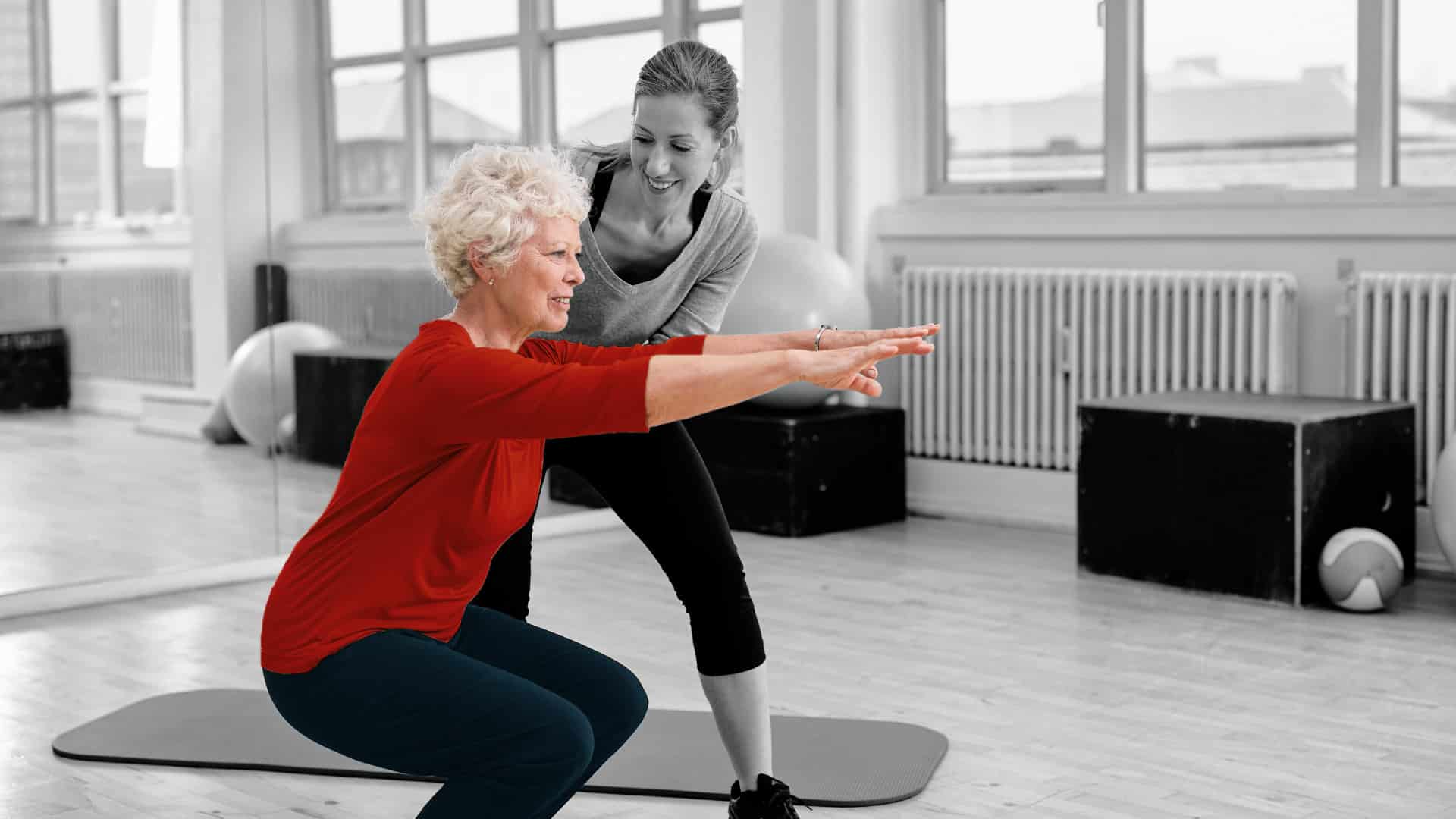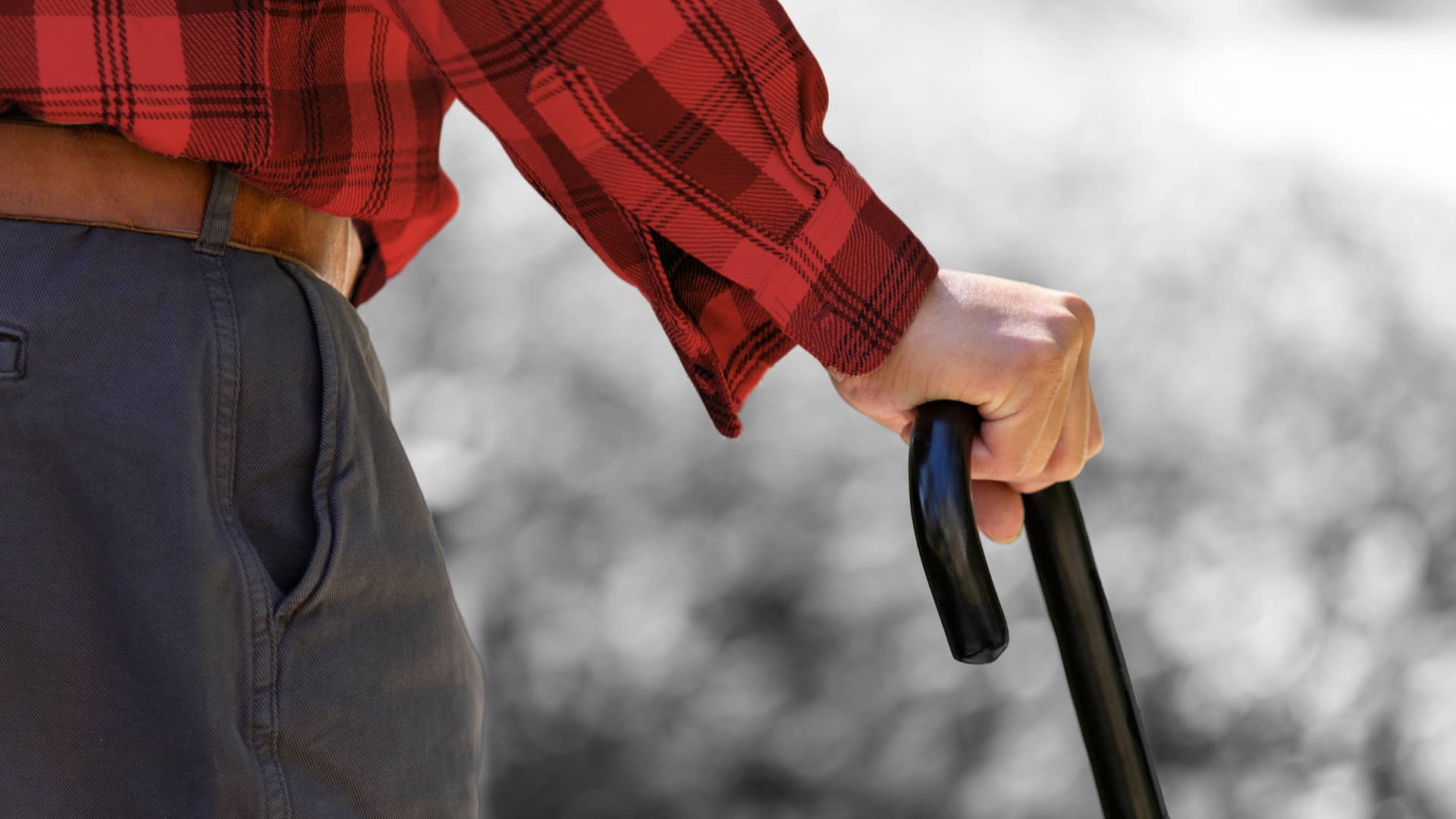Postural Instability: How Parkinson’s Patients Live with It
Living with Parkinson’s disease brings all kinds of challenges. One of the symptoms that often falls under the radar is postural instability. You might know it as that feeling of tipping backward. Or the struggle to stand up out of a chair or remain upright when standing. In advanced cases of Parkinson’s people sometimes report having difficulty turning without falling.
Unsurprisingly, this condition can lead to fear and anxiety about having falling accidents. However, understanding postural instability and its effects is the first step towards enhancing your stability, rebuilding your confidence, and essentially regaining some control.
What do doctors mean when they’re talking about postural instability?
If you read that intro, you probably already have a pretty good idea what “postural instability” means in plain language – it’s poor balance! Obviously, it’s a very specific kind of poor balance related to Parkinson’s, but at its heart that’s all postural instability is.
Does postural instability get worse?
Unfortunately, yes. Postural instability generally increases over time as your Parkinson’s progresses. That being said, this condition tends to vary in severity in general – one day it might be better; another, worse.
Is it normal to feel so scared of falling?
Many people with Parkinson’s grapple with the fear that comes with changes in posture and balance. This is not only normal and common, but sadly valid. Particularly as your Parkinson’s progresses, falls are likely to increase.
How One Patient Discusses This Struggle
“It’s like the space around me suddenly feels disconnected from my internal sense of balance – like walking on a waterbed or something. My head swims, my sense of balance gets reduced and I’m always afraid it’s going to cause me to go lurching/stumbling into a wall or something.”
Worse, injuries from falls are the most common reason Parkinson’s patients get admitted to hospitals.
Daunting? Absolutely. But being aware of the risk and acknowledging your fears can help. Use that fear to embrace proactive strategies that will allow you to adjust to those risks and move forward with hope and determination.
What can I do to learn to live with postural instability?
Thankfully, there are plenty of exercises and therapies that can help you adjust to the risks associated with postural instability – and ease the discomfort and fear of losing balance.
Physiotherapy
Physiotherapy helps patients gain confidence and independence in their daily movement by doing different tasks according to the problems their postural instability is causing.
Specifically, physiotherapy can improve your ability to:
- maintain a steady balance
- anticipate and prepare for a disruption
- recovering from said disruption
Physical Therapy
Physical therapy – especially challenging balance exercises – can help improve your balance and reduce the risk of falls.
Some of the most effective exercise types are:
- Body-weight support treadmill training
- Aquatic exercise
- Pilates
- Balance training
Any Exercise!
When it comes to exercise, the best thing you can do for your Parkinson’s is to follow Nike’s advice and just do it!
Why? Because patients who exercise regularly can move more normally than those who don’t. The end. It really is that simple. In fact, studies show that moderate- to high-intensity exercise may even be neuroprotective.
In terms of postural instability, range of motion movements can get you back to better, more stable movement. Some range of motion movements that can really improve your stability are tucking your chin, pulling in your stomach muscles, lifting your chest, and bringing your shoulders back and down.
Other Parkinson’s Patients Agree
“Working on core strength gives you an improved ability to stay balanced or recover quicker. That helps directly but also makes you feel more confident.”
“Also doing exercises that indirectly work on your balance (like lunges or the weighted carries mentioned in the other post) give you a double benefit – you get challenged by being a bit unstable but also get stronger which helps with your stability.”
Make Some Home Adjustments
Want to reduce your fall risk? Go room by room through your home and look for potential fall dangers. Consider making these minor adjustments:
- Avoid rolling chairs
- Remove rugs
- Keep areas well lit; using nightlights can be helpful especially for getting up in the middle of the night!
- Add grab bars in the bathroom for getting on/off the toilet and getting in/out of the shower
- Install handrails on all stairs
- Keep a tidy home and minimize all clutter when possible
Develop Simple Habits to Prevent Falls
Here are just a couple of simple changes you can make to feel more comfortable and confident in your balance:
- Step sideways, not backward. Take your time and make a slow, safe turn, then continue walking forward. Remember, it’s okay to take your time when turning, as turning can prove the most difficult in postural instability.
- Don’t stand directly in front of doors you’re opening. Not just regular doors, but refrigerator doors, microwave doors, and other appliances. Doing this can make you lose balance. Instead, form the habit of standing slightly to the side and using a power stance, with your feet wide apart and staggered, with one hand on a stable surface to maintain stability.
Advice of a Parkinson’s Patient Who Struggles with Sudden Turns
“If I am walking forward, and look suddenly over my left shoulder. Over I go. So eyes forward when walking. To look behind me, I have to do a complete stop. Think, rotate slowly until facing rearward. No more quick glance behind me.”
Reclaim Your Confidence in Your Balance
While the fear of falling is valid, it’s crucial to use all of the tools at your disposal to fight back against postural instability. By taking these steps, you can minimize the danger you’re in and reclaim your independence.





